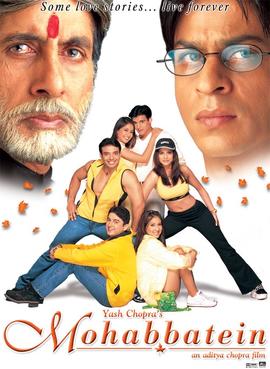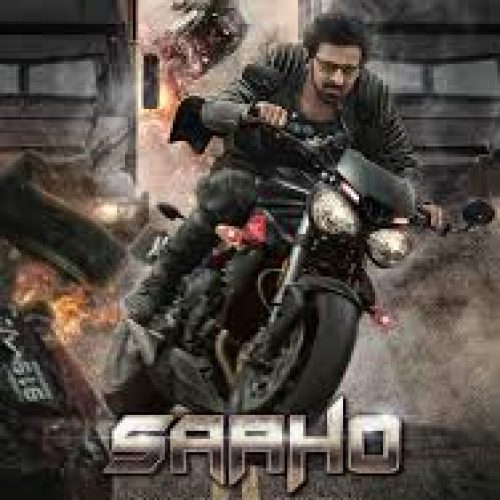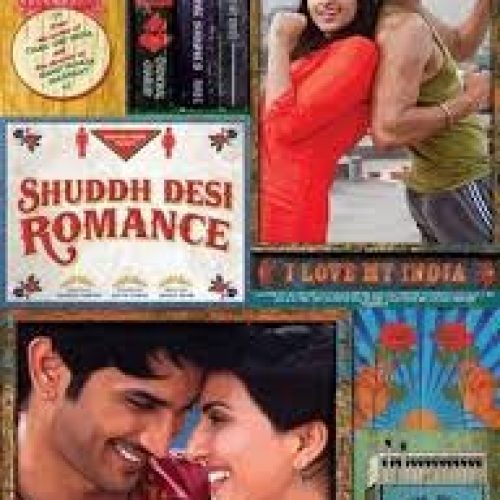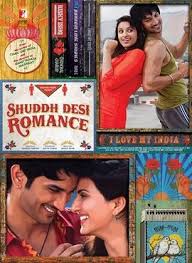Love stories set in sprawling educational institutions with strict rules have their own charm, and Mohabbatein brings that enchantment to life. Directed by Aditya Chopra, this 2000 romantic drama stars Amitabh Bachchan, Shah Rukh Khan, and Aishwarya Rai, along with a youthful ensemble cast. Set in the fictional town of Gurukul, this film revolves around an elite school with a strict no-love policy enforced by its rigid principal. The genre mixes romance with themes of rebellion and tradition, blending youthful energy with profound emotional conflicts.
At its heart, Mohabbatein is a battle between love and authority. The plot follows Narayan Shankar (Amitabh), the head of Gurukul, a man who believes discipline and order are the pillars of success. His rules are unquestionable until Raj Aryan (Shah Rukh), a music teacher with a different philosophy, joins the institution. Raj believes in the power of love and subtly encourages his students to embrace their feelings despite the school’s oppressive environment. Three young students—Karan, Vicky, and Sameer—each find themselves grappling with love, secrecy, and the looming figure of Narayan Shankar. The tension builds as Raj, who has his own personal reasons for challenging Narayan, slowly changes the spirit of Gurukul.
One of the film’s strongest elements is its performances, particularly by Amitabh and Shah Rukh. Amitabh delivers a powerful portrayal of a stern patriarch whose inflexible belief system begins to crumble as love infiltrates Gurukul. His performance is a masterclass in restraint, showing a man who refuses to bend but is deeply affected by the changes around him. Shah Rukh, on the other hand, brings his signature charm and intensity to the role of Raj Aryan. His scenes with Amitabh are particularly engaging, as the two icons clash ideologically. Raj’s backstory, involving a lost love, is a pivotal aspect of his character, and Shah Rukh portrays both the warmth and the underlying sadness beautifully. The younger cast, including Jimmy Sheirgill, Uday Chopra, and Jugal Hansraj, hold their own, each adding a layer of youthful exuberance and vulnerability to their respective love stories.
The direction by Aditya Chopra is smooth, capturing the essence of young love while contrasting it with the old-school rigidity of Narayan Shankar’s world. Chopra skillfully navigates between multiple subplots without losing focus, and the narrative flows effortlessly from one romance to another. The grand, palatial setting of Gurukul is captured well, with its towering gates symbolizing the oppression the students feel. The music and cinematography further enhance the film’s emotional core. Cinematographer Manmohan Singh’s visuals are lush and elegant, particularly in the way he captures the film’s romantic moments. The sprawling campuses, serene lakes, and misty hilltops are used effectively to create an atmosphere of enchantment.
The film’s soundtrack, composed by Jatin-Lalit, is another high point. Songs like “Humko Humise Chura Lo,” “Aankhein Khuli,” and “Soni Soni” are still iconic and fit seamlessly into the narrative, not just as fillers but as vehicles that move the story forward. The music blends traditional Indian instruments with modern melodies, and it effectively supports the themes of love, rebellion, and heartache. Lata Mangeshkar and Udit Narayan’s voices lend soul to the emotional lyrics, further intensifying the film’s romantic appeal.
While Mohabbatein is primarily a love story, it also explores themes of authority, rebellion, and the generational conflict between tradition and modernity. Raj’s rebellion isn’t just against Narayan’s rules but against the very idea that love is a distraction or weakness. The film doesn’t shy away from showing the consequences of authoritarianism in relationships, both between teachers and students and between parents and children. It also makes a strong case for individuality and emotional freedom, especially in environments that prioritize rules over personal happiness.
On the technical front, the film is polished but fairly traditional. Costume design by Manish Malhotra and Karan Johar adds to the vibrancy of the young love stories, with the characters dressed in colorful, youthful attire in contrast to the more formal, structured clothing worn by Narayan. The editing by V. Karnik is smooth, though the film does feel a little long at times, especially with multiple subplots and love stories. Despite this, the pacing doesn’t suffer much, thanks to the constant tension between the characters and the stakes involved in each of their relationships.
Overall, Mohabbatein is a well-crafted, emotionally resonant film that successfully blends romance with larger, more universal themes of authority and freedom. Its grand scale, memorable music, and powerful performances, especially by Amitabh and Shah Rukh, make it a cinematic experience that still holds up. While it may lean into melodrama at times, it’s hard to ignore its emotional pull and the way it connects with the audience through its characters and their stories. For fans of romance and Bollywood at its most epic, this film is definitely worth revisiting.







